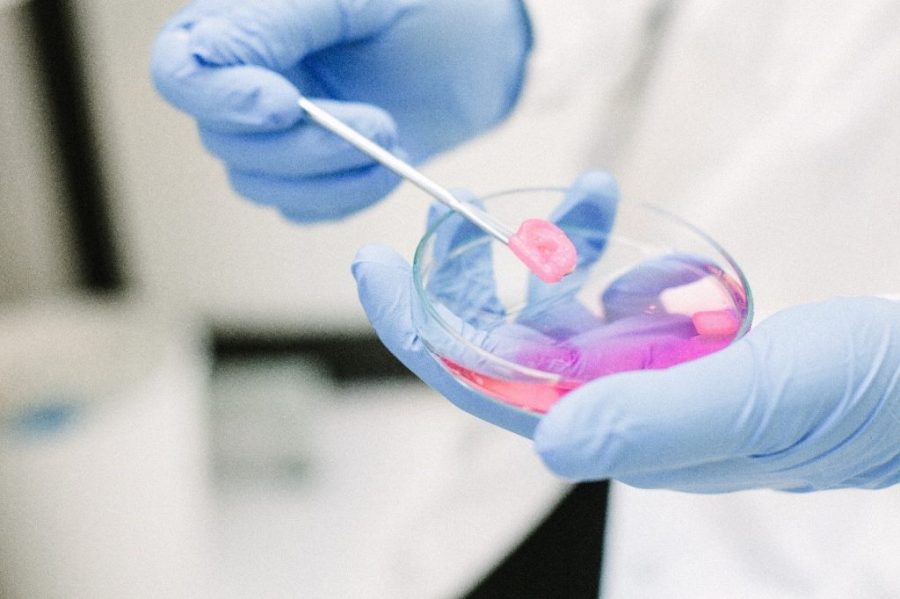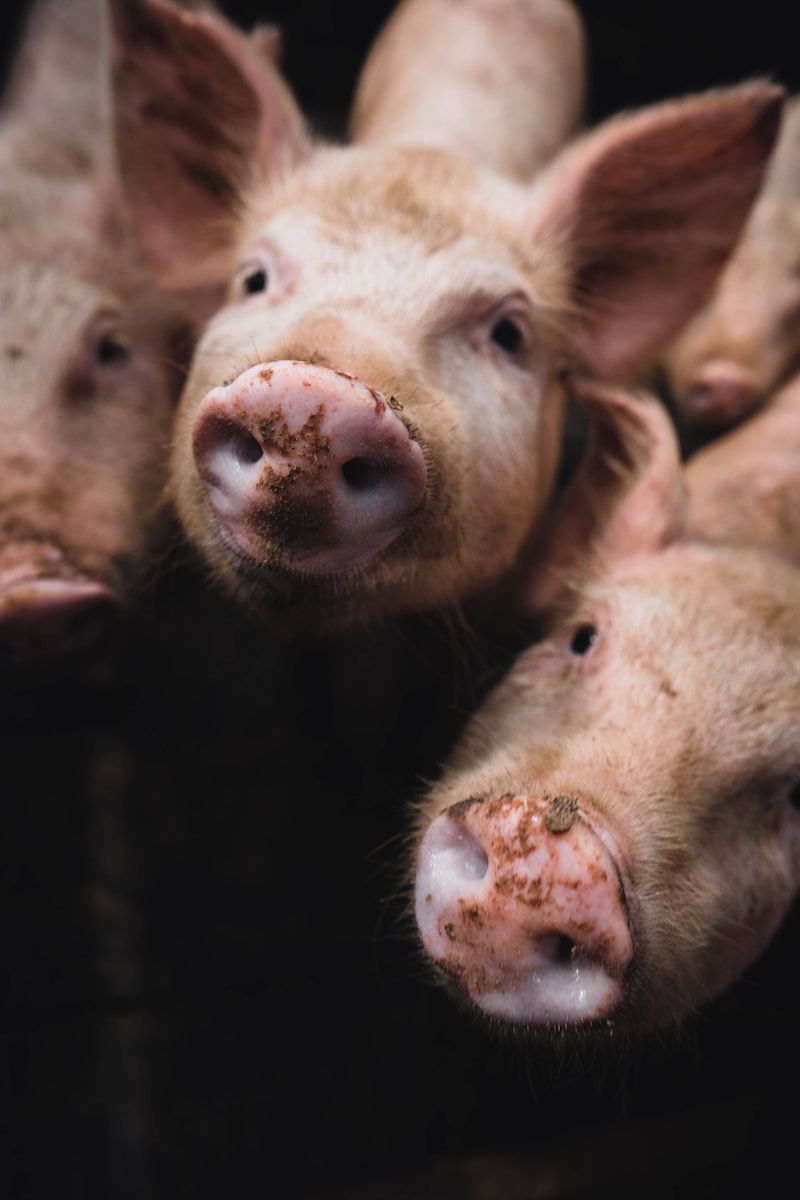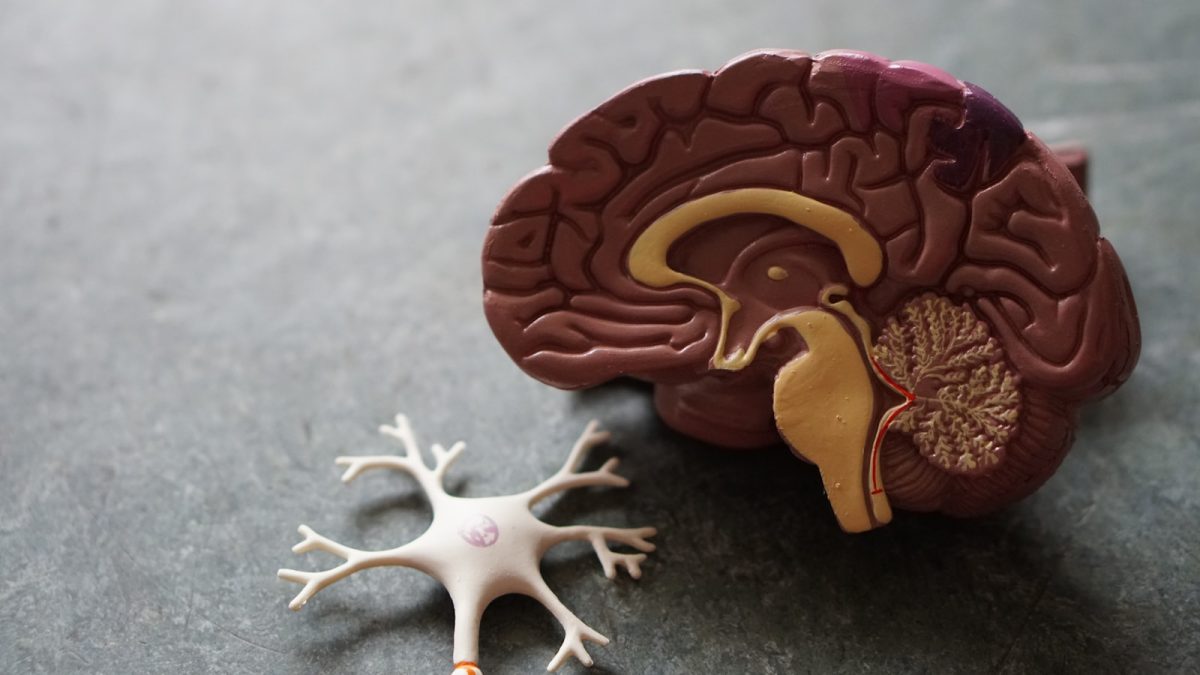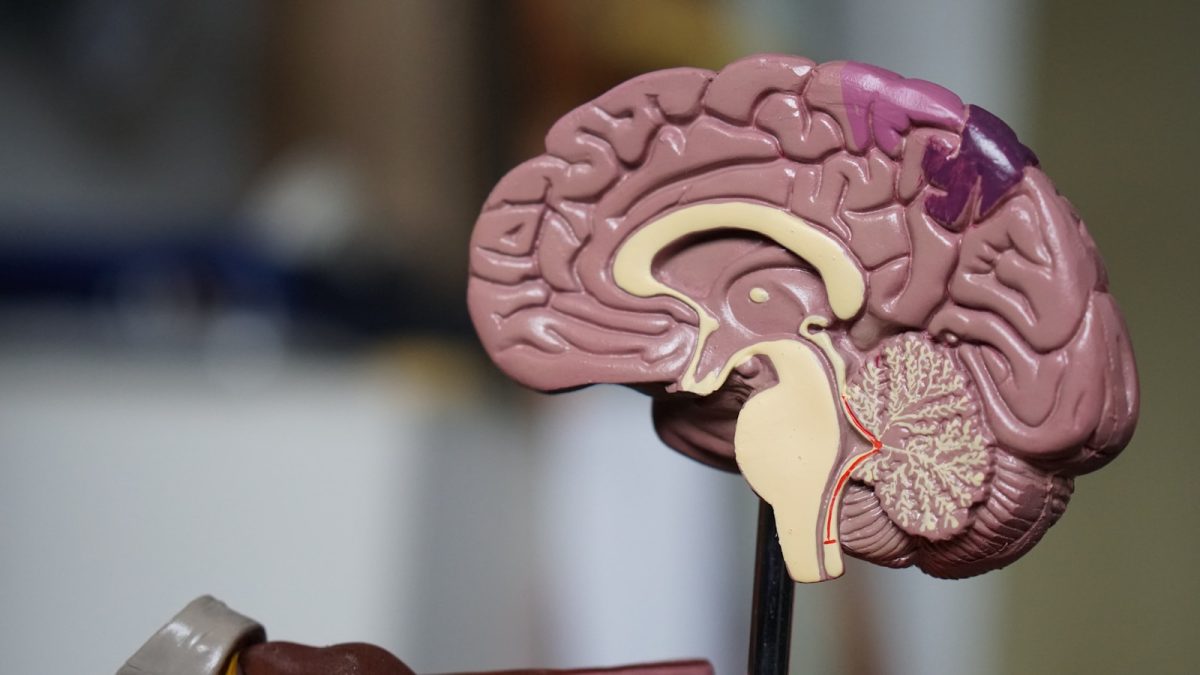In recent years, there has been an increase in the amount of space available for organ transplants, and researchers are trying to find ways to make these transplants easier. This latest development may help improve the quality of organ transplantation.
Chinese researchers have successfully transplanted a gene-engineered pig liver to a human transplant recipient for the first time in the world. The goal of this procedure is to help alleviate the shortage of organ donors. This development comes at a time when there is often an unending waiting list for organ donors.
Air Force Medical University performed the procedure on a brain-dead pig liver. The gene was transferred to the patient. In a recent post on WeChat, Air Force Medical University reported that the patient showed no evidence of organ rejection after 96 hours of surgery. The implications of this research are far-reaching. Liver disease causes over 2 million deaths each year. In China, where this research was conducted, it is estimated that 500,000 people face liver failure annually. This often leads to death due to the lack of organs available for transplantation. Even though liver transplants are life-saving, there are still few organ donors available. Xenotransplantation is a promising new approach to organ donation, especially when it comes to gene-editing pig organs.
Related Stories
- https:// www.semafor.com/article/03/21/2024/chinese-patient-receives-first-successful-pig-to-human-liver-transplant
- https:// www.scmp.com/news/china/science/article/3255588/chinese-patient-receives-worlds-first-pig-liver-transplant
- https:// www.globaltimes.cn/page/202403/1308925.shtml
- https:// abcnews.go.com/Health/surgeons-transplant-worlds-1st-genetically-edited-pig-kidney/story?id=108343107
- https:// humanprogress.org/chinese-patient-receives-worlds-first-gene-edited-pig-liver-transplant/
Take Action





















